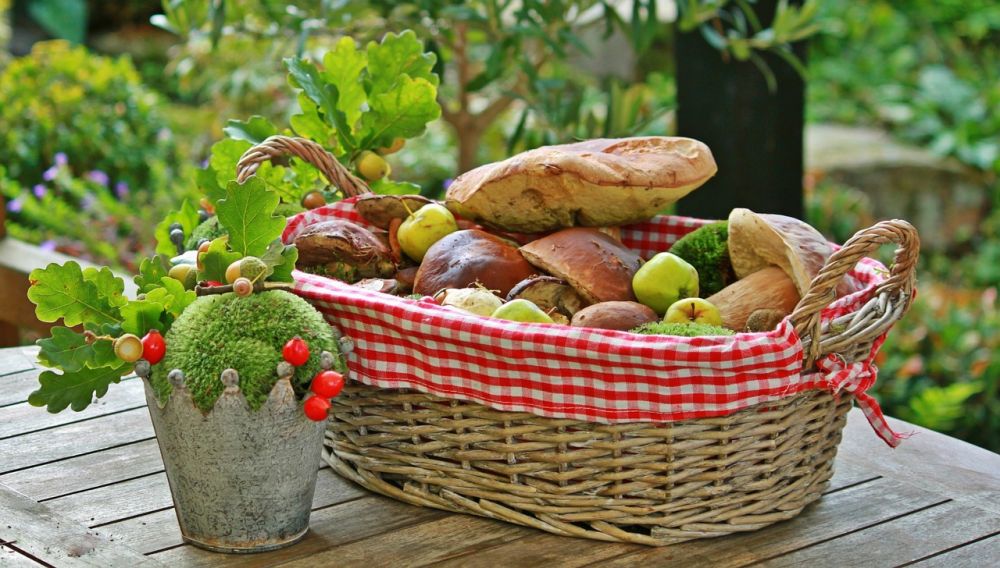Cheddar Cheese: A Comprehensive Guide to the Popular Dairy Delight

Cheddar Cheese – A Dairy Delight
Introduction

Cheddar cheese, one of the most beloved and versatile cheeses in the world, has a rich history dating back centuries. This high-quality, artisanal cheese is widely celebrated for its distinct flavor and smooth texture, making it a favorite among food enthusiasts. In this comprehensive article, we will explore the origins, different types, popularity, and historical significance of cheddar cheese, satisfying the cravings of even the most discerning cheese connoisseurs.
Unveiling Cheddar Cheese – Origin and Basics
Cheddar cheese originated in the Somerset region of England in the late 12th century, where it was traditionally made in small batches by farmers. The cheese is named after the village of Cheddar, which became known for producing exceptional quality cheddar cheese. Today, cheddar cheese is made in various regions worldwide, including the United States, Canada, Australia, and New Zealand, to name a few.
Cheddar cheese is a hard cheese made from cow’s milk. It undergoes a process called cheddaring, where the curds are repeatedly stacked, folded, and turned to expel excess whey and develop its characteristic texture. The aging process can range from a few months to several years, with longer-aged cheddar typically exhibiting deeper and sharper flavors.
The Plethora of Cheddar Cheese Types
Cheddar cheese offers a diverse range of flavors and textures, each with its own unique characteristics. Some popular variations include:
1. Mild Cheddar: This type of cheddar cheese is aged for a short period, usually around 3 to 6 months. It boasts a creamy, mellow flavor and a smooth texture, making it perfect for melting onto sandwiches or grating over dishes.
2. Sharp Cheddar: Aged for a longer period, typically around 9 to 12 months, sharp cheddar has a bolder flavor profile. It delivers a tangy taste with a slightly crumbly texture, making it an excellent choice for cheese boards or perfectly pairing with fruits and nuts.
3. Extra Sharp Cheddar: This cheese is aged for over a year, intensifying its flavors even further. Extra sharp cheddar offers a robust, full-bodied taste with a more pronounced crumbly texture, making it a favorite for savory dishes and gourmet recipes.
4. Smoked Cheddar: As the name suggests, this cheddar cheese is infused with smoky flavors, creating a unique taste sensation. Smoking the cheese gives it a distinct aroma and adds complexity to its creamy texture, making it a delightful addition to sandwiches, dips, or even on its own.
Quantitative Measurements – Cheddar Cheese by the Numbers
When it comes to quantifying the various aspects of cheddar cheese, several factors play a role in assessing its quality. Key measurements include:
1. Moisture Content: Cheddar cheese typically has a moisture content ranging from 35% to 39%. Lower moisture levels contribute to a firmer texture and a longer shelf life.
2. Fat Content: Cheddar cheese typically contains around 33% to 35% milkfat. Higher fat content results in a creamier and richer flavor profile.
3. Color: Cheddar cheese can vary in color, ranging from pale yellow to deep orange. The color is influenced by the diet of the cows, with grass-fed cows producing a more vibrant hue.
Distinguishing Cheddar Cheese Varieties
Despite the shared name, cheddar cheese can exhibit significant variations depending on factors such as aging, location, and production methods. These differences give each variety a unique character:
1. Farmhouse Cheddar: This type of cheddar cheese harks back to its traditional roots, made on small farms using age-old techniques. It is often created from unpasteurized milk and aged for an extended period, resulting in complex flavors and a crumbly texture.
2. Artisanal Cheddar: Produced by skilled cheesemakers, artisanal cheddar cheese represents the craft and expertise that goes into creating exceptional cheeses. Made in smaller quantities, it often incorporates unique flavors and textures, making it a sought-after choice for cheese aficionados.
3. Industrial Cheddar: Mass-produced on a larger scale, industrial cheddar cheese is made to meet high demand. While it may lack the artisanal charm, it remains a reliable and accessible option for everyday meals and snacks.
Historical Journey – Pros and Cons of Different Cheddar Cheese Varieties
Over the centuries, cheddar cheese has evolved, creating a multitude of varieties with both advantages and disadvantages:
1. Traditional cheddar cheese, such as farmhouse and artisanal varieties, offers the distinct flavors and textures cherished by cheese enthusiasts. However, these cheeses may be harder to find and come at a higher price point due to their limited production.
2. Mass-produced cheddar cheese provides a more affordable and accessible option for consumers. It offers consistent quality but may lack the nuanced flavors found in traditional versions.
Conclusion
Cheddar cheese, with its rich history and diverse range of flavors, continues to captivate the palates of food enthusiasts around the world. From mild and creamy to sharp and tangy, the sheer variety of cheddar cheese ensures there is a type to suit every taste preference and culinary creation. Whether enjoyed on a sandwich, grated over pasta, or savored on its own, cheddar cheese is a timeless favorite that continues to delight both casual eaters and dedicated cheese lovers alike.





















